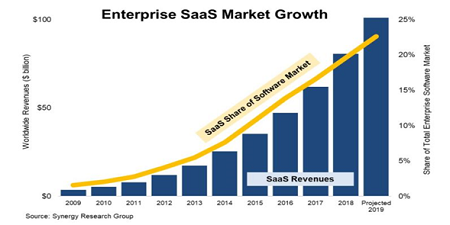
By Brent Miller, CFA
President & Director of Research, Gradient Analytics (a Sabrient Systems company)
The value of quantitative, rules-based, process-driven equity models is clear. They can be tested based on various historical timeframes and market conditions, sectors, market caps, and regions, while removing emotion from investment decisions. And with the exception of brief market periods driven by speculative fervor, investors tend to favor high-quality companies with solid fundamentals.
Sabrient Systems specializes in building fundamentals-based equity models that seek to generate alpha versus a market benchmark, including alpha factors and strategic beta indexes. In 2011, Sabrient acquired Gradient Analytics, a fundamental equity research firm with a team of forensic accounting specialists who focus on assessing earnings quality and anomalous insider activity, in part to enhance Sabrient’s quantitative model-building capabilities. Together, we leverage a unique collaboration of engineers and forensic accountants and a scientific hypothesis-testing approach to create proprietary alpha factors, multifactor models, process-driven portfolio strategies, and rules-based indexes.
In 2013, the combined team created the original version of our Earnings Quality Rank (EQRv1), a pure accounting-based risk assessment factor based on the collective experience and expertise of Gradient’s analyst team in identifying company-level earnings quality issues, aggressive accounting tactics, and misleading “financial engineering.” More recently, we enhanced the model to create EQRv2.
Furthermore, the Sabrient/Gradient team has created a variety of other valuable alpha factors, including an enhanced version of Sabrient’s flagship Growth at a Reasonable Price (GARP) model and several other factors related to value, growth, quality, and momentum. All told, we now publish the following eight “Sabrient Scores”:
-
Growth at a Reasonable Price (GARPv2)
-
Earnings Quality Rank version 2.0 (EQRv2)
-
Growth Quality Rank (GQRv2)
-
Strategic Valuation Rank (SVR)
-
Strategic Growth Rank (SGR)
-
Aggregate Price Momentum Rank (AMR)
-
Bull Score (BULL)
-
Bear Score (BEAR)
For institutional quants and systematic traders, we offer five of these alpha factors (EQR, GQR, SVR, SGR, AMR) as a factor suite (“Equity Factor Rankings”) for licensing through Nasdaq Data Link. However, fundamental analysts, financial advisors, and individual investors also find them valuable for screening, idea generation, risk monitoring, and confirmation. On a temporary basis, you can access all 8 of these Sabrient Scores free of charge through our SmartSheets products (one that provides scores for over 4,200 stocks and one for over 1,200 equity ETFs). Ultimately, they will be behind a paywall as a companion product to our powerful and comprehensive SmartLightsTM web application.
In this article, I provide further details on the purpose and basis for our Earnings Quality Rank and other alpha factors, including a summary of back-tested performance. Read on....


 by Ian Striplin
by Ian Striplin by Rachel Annis
by Rachel Annis by Bradley Cipriano, CPA
by Bradley Cipriano, CPA by Rachel Annis
by Rachel Annis
 by Ryan DesJardin
by Ryan DesJardin